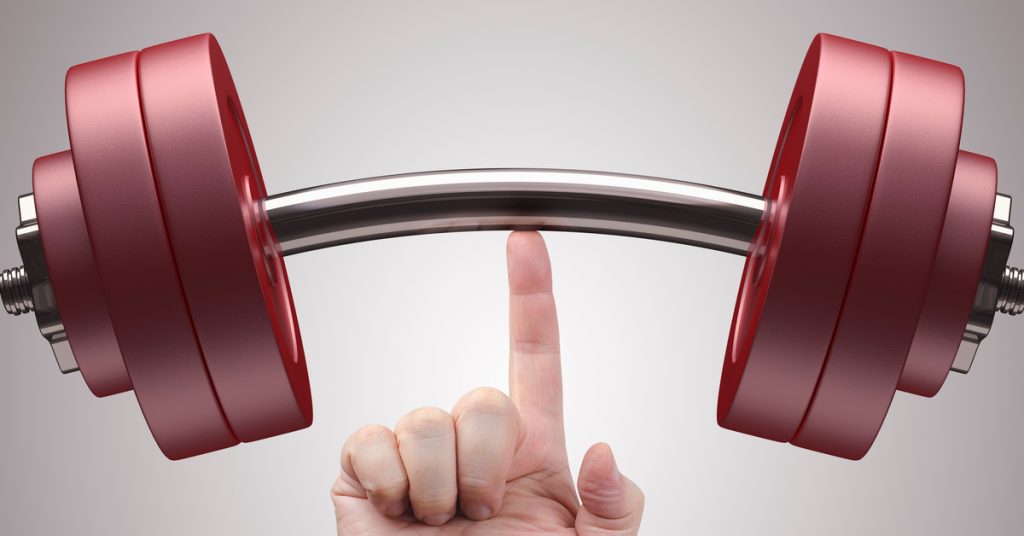When it comes to fitness, we often focus on improving muscles like biceps, legs, or abs—but what about your fingers? Finger strengthening exercises are often overlooked but play a vital role in enhancing overall fitness and sports performance.
Whether you’re an athlete, a fitness enthusiast, or someone looking to improve your dexterity, incorporating these exercises gives you a surprising edge. Discover the benefits of finger-strengthening exercises and start adding them to your routine for improved performance.
Enhances Grip Strength
Strong fingers lead to a stronger grip, which is crucial in many sports and fitness activities. For weightlifters, grip strength often determines how much weight you can safely lift when performing exercises like bicep curls.
Because of this factor, hammer curls are a beneficial bicep exercise as they improve grip strength and allow you to grip weights tighter with more control. Other exercises like deadlifts, pull-ups, or kettlebell swings require solid grip control to get the most out of these exercises.
Sports such as tennis, golf, or rock climbing also demand strong hands to execute moves with precision and control. Tennis and golf players need to maintain a sturdy grip as they swing for an effective hit on the ball.
Rock climbers will improve grip strength for bouldering with finger-strengthening exercises that ensure you have a reliable hold as you ascend. Finger-strengthening exercises help you tackle these challenges with ease, perform better, and push your limits during training.
Improves Dexterity and Hand-Eye Coordination
Tasks that require precise finger movements, such as rock climbing or playing the piano, depend heavily on finger dexterity and hand-eye coordination. Finger strengthening exercises improve control and resilience in finger muscles, allowing athletes and musicians to perform more refined, precise movements.
Whether you’re scaling indoor climbing walls or mastering a complex guitar solo, stronger fingers make those tasks smoother and more enjoyable. This benefit isn’t just limited to a specific group—it’s for anyone looking to tackle activities that require finesse.
Prevents Hand and Wrist Injuries
Weak fingers put extra strain on the tendons and muscles of the hand and wrist, increasing the likelihood of sprains, strains, or overuse injuries. For athletes and individuals whose hobbies rely heavily on hand use, such as basketball players or typists, this becomes a significant problem over time.
Finger-strengthening exercises are beneficial as they fortify supporting muscles, reduce stress, and improve joint stability, significantly lowering the risk of injury. Think of these exercises as a long-term investment in your hand and wrist health.
Improving Hand and Wrist Recovery
Hand and wrist recovery involves rest, physical therapy, and strengthening exercises. Using supportive devices like braces can help immobilize the area while it heals. Targeted exercises restore mobility and strength, and techniques like ice/heat therapy and ergonomic adjustments can speed recovery and prevent further injury.
Finger and wrist extensions are helpful exercises to help you take control of the pain from wrist tendonitis and bring mobility back to the afflicted area. Using hand grips improves finger strength. Performing these exercises every other day helps you slowly regain the natural movement of your wrists and hands as you alternate between activity and rest.
It’s time to get a grip on your fitness. Start incorporating finger-strengthening exercises into your routine and discover the difference they can make. Your hands—and your overall performance—will thank you.




